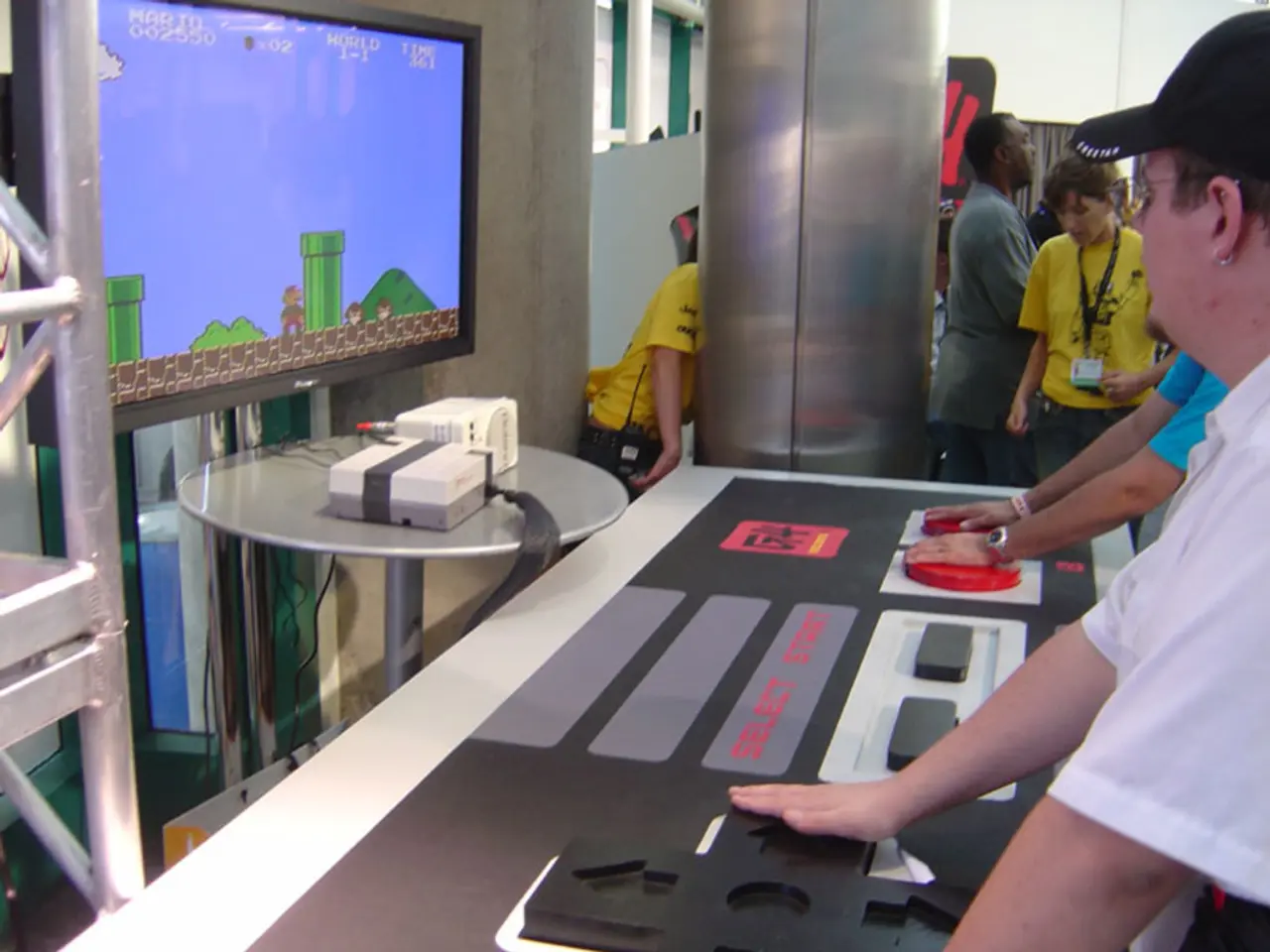Strategies for Eliminating Permanent Image Damage on Organic Light-Emitting Diode (OLED) Televisions
Fixing and Preventing Burn-in on OLED Screens
OLED screens, commonly found in modern TVs and smartphones, offer outstanding picture and color quality. However, they are susceptible to a potential issue known as screen burn-in, causing temporary staining due to imbalanced pixel use and static images. Here's a guide on how to fix and prevent burn-in on OLED screens.
Enabling Pixel Refresher and Screen Saver Features
The primary and most effective step is to enable the built-in pixel refresher feature available in your TV's display settings. This function helps refresh and recalibrate the individual OLED pixels to prevent and reduce screen burn-in effects. Additionally, enabling an automatic screen saver that activates after a short time of inactivity can help avoid prolonged static image display that causes burn-in.
Adjusting Picture Settings
Lowering the TV’s brightness and contrast settings can also reduce stress on individual pixels, lessening the risk and extent of burn-in. It's also recommended to turn off the TV completely (not just standby) periodically, ideally overnight, to allow pixels to rest and prolong panel life.
Using Pixel Shifting
Some OLED TVs include a Screen or Pixel Shift feature that subtly moves the image to prevent pixels from remaining static too long, reducing burn risk.
Burn-in Fixer Apps and Videos
There are apps and video patterns available (some designed to cycle colors or show white screens) that can help refresh stuck pixels by exercising them, though their effectiveness varies. These applications are designed to test for burn-in and run a pixel refresh or change screen settings to make burn-in less noticeable.
It's important to note that permanent burn-in is difficult to fully reverse once it has occurred, so these steps are more effective at prevention and fixing temporary image retention or minor burn marks. Modern OLED TVs from brands like LG, Sony, and Samsung come equipped with these prevention technologies as default.
On a smartphone, stationary elements like route bars and app icons can cause screen burn-in. To mitigate this, keep the brightness at half or lower to limit the risk of burn-in. For smartphone screens, there are consumer-friendly "fixer" applications available for Android and iOS phones.
In summary, start by enabling pixel refresher and screen saver features, adjust your picture settings, use pixel shifting if available, power off regularly, and consider burn-in fixer apps if you see minor image retention. To prevent burn-in on OLED TV screens, lower the brightness of the screen. Avoid leaving your TV on the same channel constantly, especially if there is a static image, to give the pixels a rest. Some LG TVs run the pixel boost feature automatically, while LG and Sony OLED TVs have a panel or pixel boost feature that can be run to fix burn-in. Finally, use the sleep clock timer on your TV to prevent the "Are you still watching?" brief from your streaming service or "off-air" screen from remaining on all night. The clear or dynamic settings on some TVs default to the highest brightness, so adjust the brightness when using these presets.
Smart-home devices and gadgets can benefit from the technology used to prevent burn-in on OLED screens. Enabling dimming and timers on these devices can help reduce the risk of screen burn-in by lowering the brightness and minimizing extended static image display.
Furthermore, smart TVs, which are smart-home devices possessing OLED screens, can directly benefit from the aforementioned prevention strategies to extend their screen lifespan and maintain optimal picture quality.




